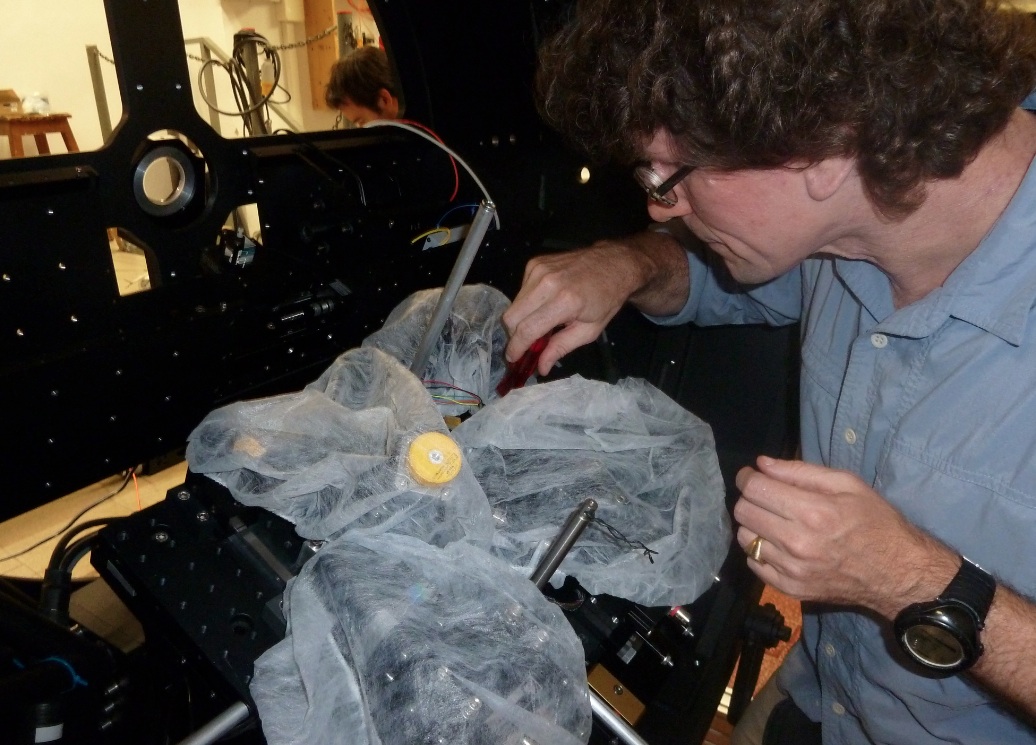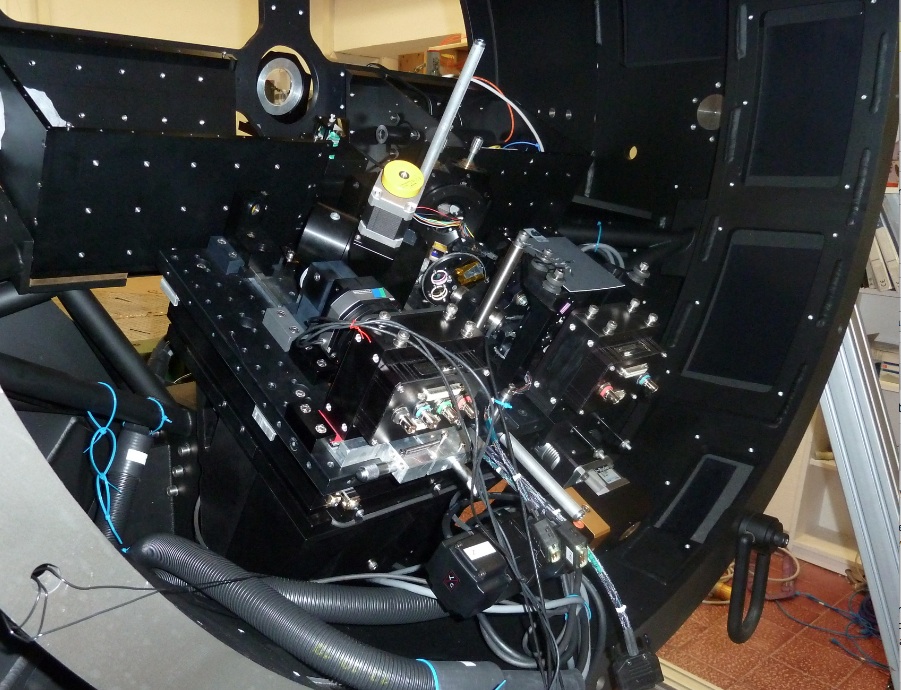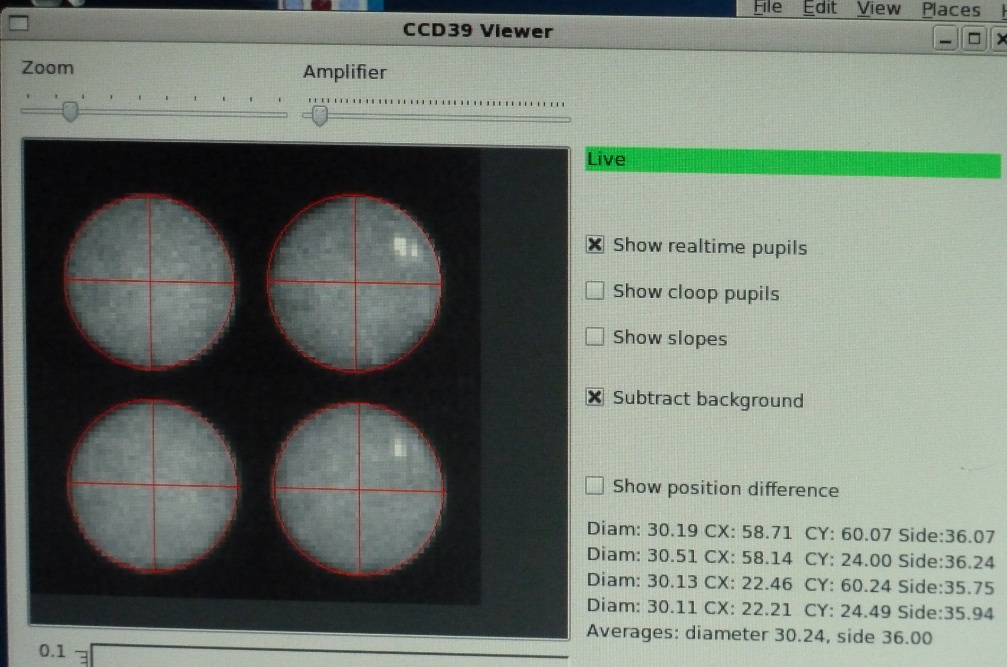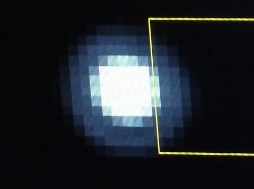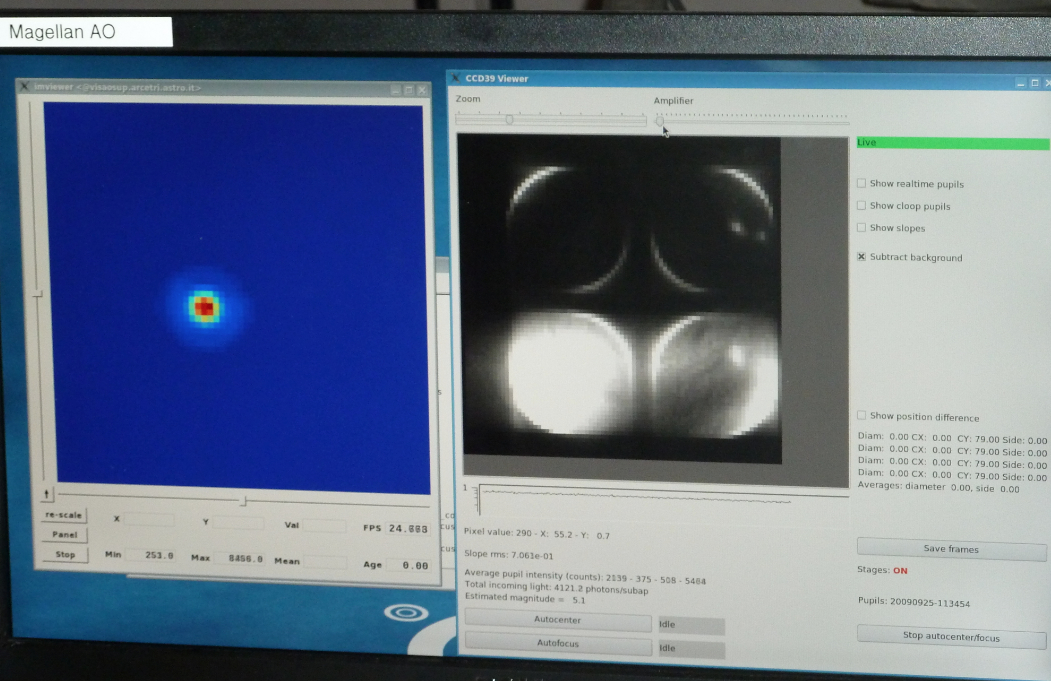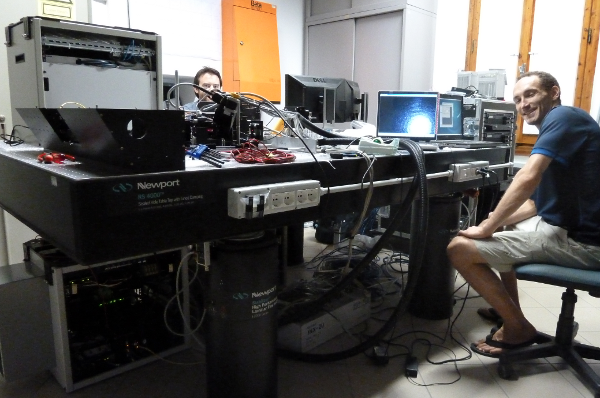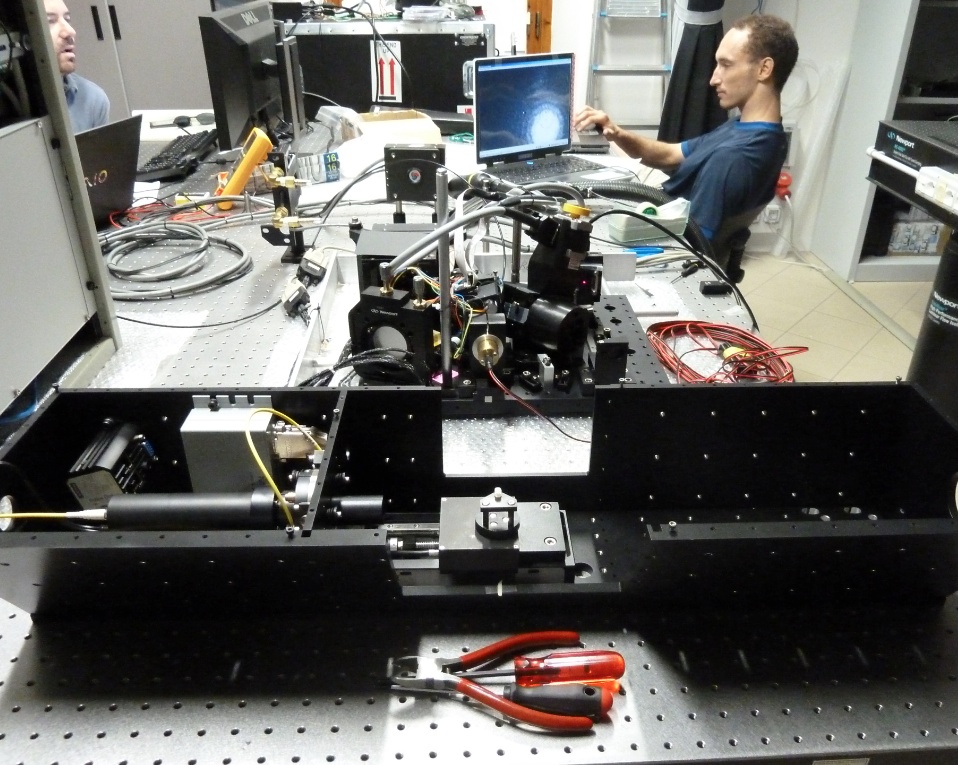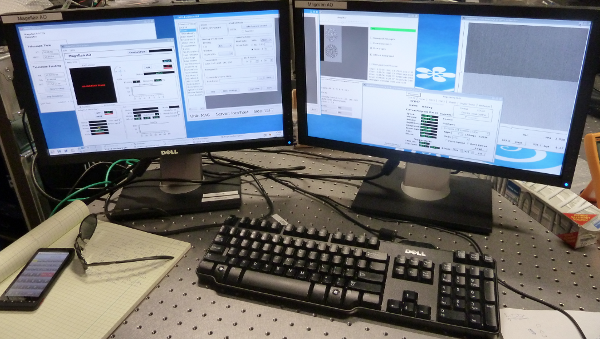On July 18 we succesfully mounted the NAS on the tower. Then recabled the system. Illuminated the the ASM at the top of the tower with the white light fiber source. Checked the optical alignment (which was unchanged from before). Then we moved the the PWFS on the 3axis stage (while tilting the dummy 50/50 beamsplitter) till the image of the ASM was round and centered on the PI stage (with its 12mm mirror it is the smallest optic). Then we took a 10 mode interaction matrix. Closed the loop! Then we took 50 and 200 mode IMATs with loop closed at 0.05 gain to clean up errors in the tower vibrations on the windy day we were working with (the tower was not floating since this was just an engineering test). Then closed the loop with the 200 modes to yield great images on the CCD47. A great day!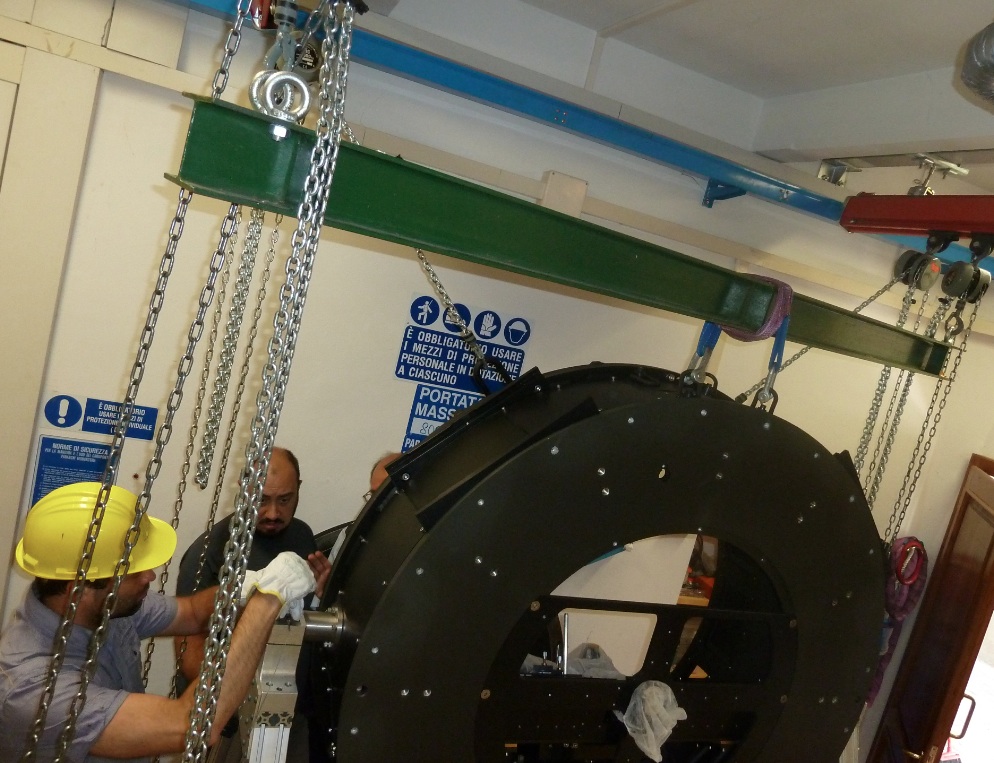 Mounting the NAS
Mounting the NAS
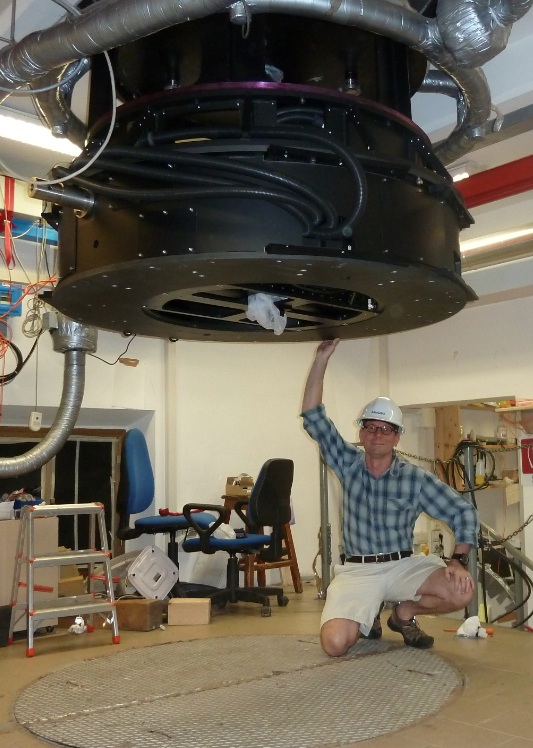
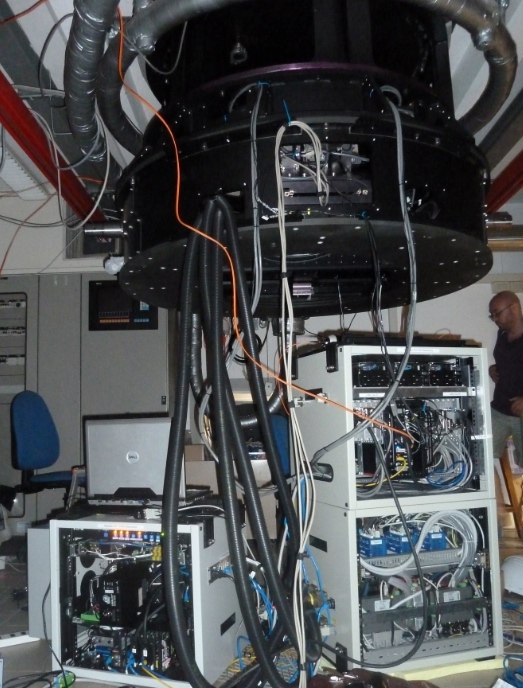

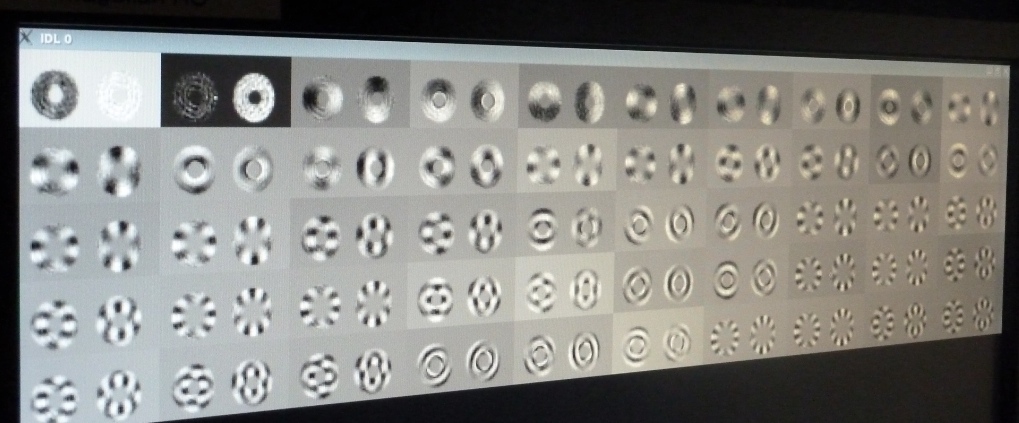 The lowest 50 KL modes from our interaction matrix
The lowest 50 KL modes from our interaction matrix Closed loop Pupils and ASM Mirror positions
Closed loop Pupils and ASM Mirror positions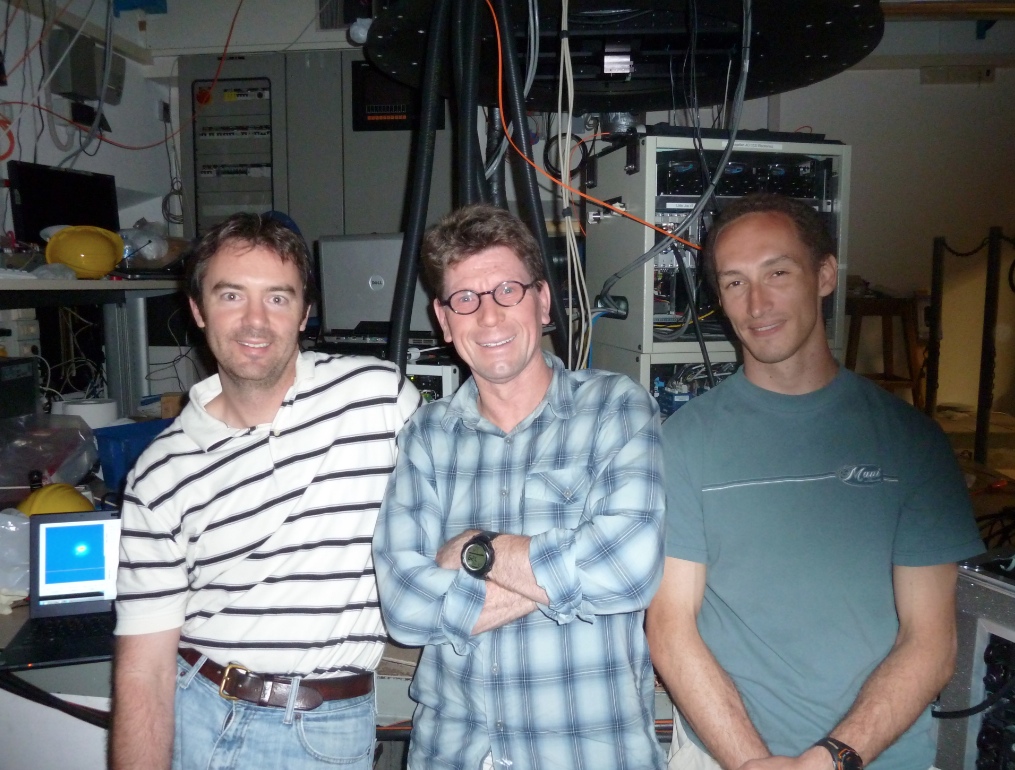 The Arizona team after the first closed loop (Jared, Laird, Derek)
The Arizona team after the first closed loop (Jared, Laird, Derek)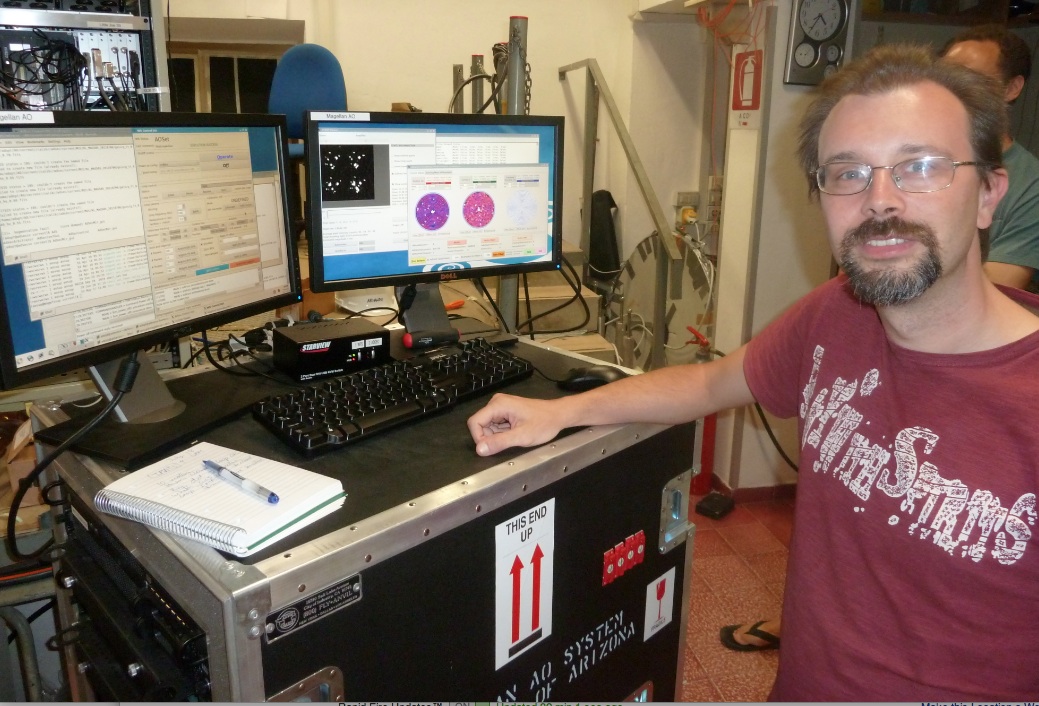 Alfio after closing the loop
Alfio after closing the loop
